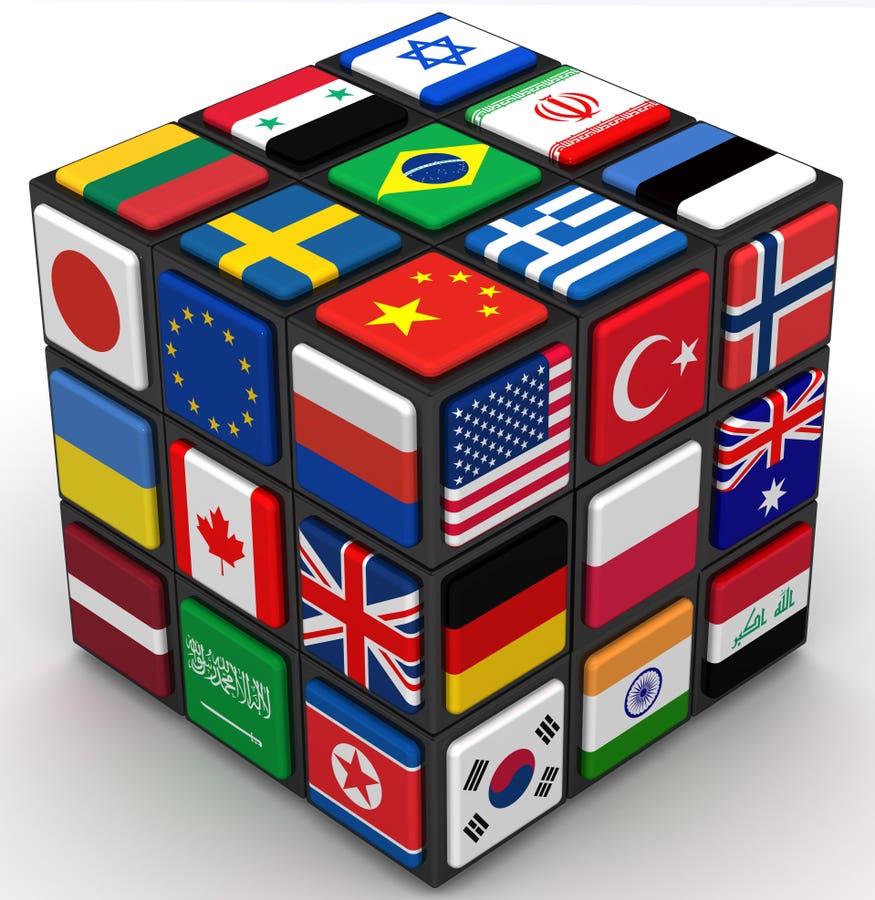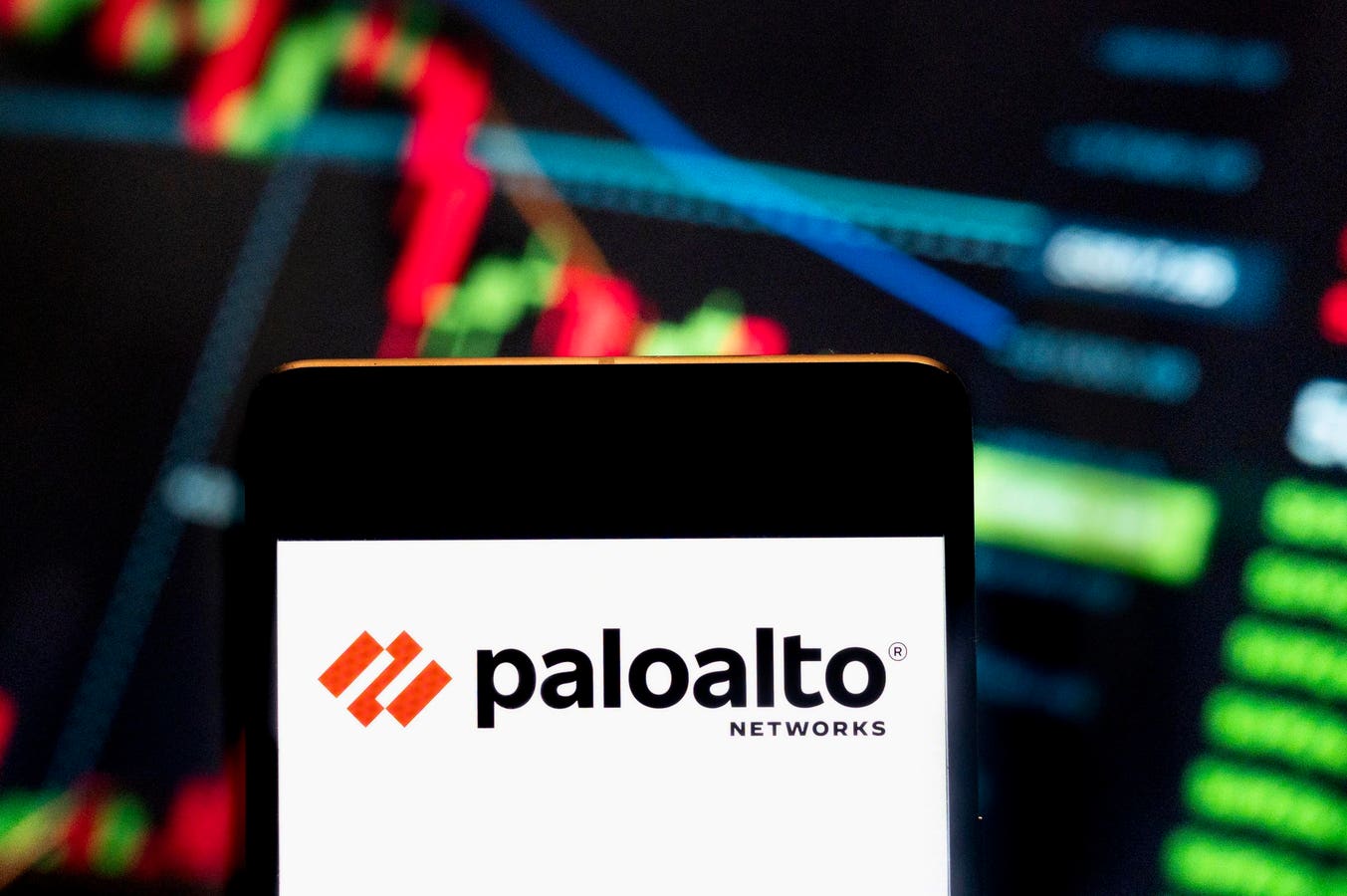The Global Race for AI dominance heats up
In the past three months, the global AI race went into overdrive. Washington, Brussels, Beijing, Tokyo, Seoul, and even India’s Gujarat state rolled out ambitious plans for building AI capacity. These documents aren’t the run of the mill, vague strategy memos. They are statements about plans to lead the next era of technology.
These announcements all carry a similar urgency. They direct billions toward infrastructure, talent, and data systems, while defining which countries and companies will get access to these assets, as well as which will not. The AI Action plans all serve to direct government efforts and funding in a more direct manner than seen before, and these plans all aim to shake up the rapidly growing and shifting AI markets.
The United States AI Action Plan: Deregulation and a Security Lens
President Donald Trump left little to interpretation when he unveiled “Winning the AI Race: America’s AI Action Plan” on July 23. “To secure our future, we must harness the full power of American innovation,” he said. His remarks and the text of the plan made clear that China was the country on his mind.
The US plan structured its AI Action plan to move quickly. It calls for removing regulatory hurdles that might slow AI research or deployment and discourages state-level restrictions. Federal dollars will flow into chip plants, data centers, and AI-focused workforce training. Agencies are also being told to buy AI systems that align with the administration’s definition of “objective truth” and avoid what it calls “ideological bias.”
National security is also central to the US AI Action Plan. The government will tighten export controls on advanced AI hardware and software while creating “secure AI export packages” for allies. Secretary of State Marco Rubio summed it up: “America sets the technological gold standard worldwide, and the world continues to run on American technology.”
Europe: Focused on Fixing an Infrastructure Deficit
The European Union’s AI Continent Action Plan, released before the US’ action plan on April 9, is all about accelerating European AI efforts, if not catching up. Europe lags the US and China in cloud and data center capacity, and the plan directly addresses that. Brussels will fund massive “AI factories” and “AI Gigafactories” through public-private partnerships. Think CERN, but for compute power.
The plan also promises to build out a unified market for data through new European Data Spaces. These shared datasets are meant to fuel AI model training without violating the bloc’s strict data protection rules.
“Europe must become a global leader in AI innovation,” European Commission President Ursula von der Leyen said.
Japan: A Lighter Touch
Japan takes a different approach with a recent law aiming to achieve the same goals as the AI Action Plans. With the AI Promotion Act, which passed May 28, the goal is to make the country the “most AI-friendly” place to invest and build. Instead of strict penalties, the law sets out broad principles and imposes specific obligations only on a handful of “high-risk” uses.
A new AI Strategy Headquarters, led by the Prime Minister, will coordinate the effort. That centralized approach is designed to make decisions and allocate resources quickly.
South Korea: Focusing on Trust as the Foundation
South Korea’s Strategy to Realize Trustworthy Artificial Intelligence (May 13) focuses on ethics and user confidence. High-risk systems must notify users when they’re in use, and the government will conduct social impact assessments to track how AI changes daily life. Officials say they want citizens to feel they can trust the technology from the ground up.
China: Domestic Expansion, Global Outreach
China launched two AI-focused initiatives in quick succession. The Digital China 2025 plan, released May 16, aims to spread AI through every sector of the economy and raise the country’s computing power. And just earlier this week at the World AI Conference & High-Level Meeting on Global AI Governance, Beijing presented an “action plan for global AI governance” as well as a new international AI governance body headquartered in Shanghai.
Premier Li Qiang argued that the AI race can’t be controlled by a handful of nations and companies. He promised to share open-source tools and breakthroughs with developing countries, particularly in the Global South, a clear counter to Washington’s export restrictions.
India’s Gujarat State: Local but Ambitious
And more at a local level, India’s Gujarat state launched an Action Plan for Implementation of Artificial Intelligence that was approved this week, showing how AI competition is extending beyond the national level. The state plans to train 250,000 people in AI, launch “AI factories” in smaller cities, and use the technology to modernize public services.
What’s Fueling this Latest Wave?
There are a number of factors pushing governmental agencies to launch AI action plans and initiatives. The first is one of constrained power and compute resources. Every plan emphasizes compute power. Europe is building Gigafactories, China has a 300 EFLOPS target, and the US is fast-tracking data center permits.
The second driver is that of talent shortages. The need for higher skilled AI workers both inside and outside the government is becoming critical. The US, EU, and India all say they need more AI-skilled workers. Training programs are growing and being launched everywhere.
Another key driver is the realization that an AI strategy at the national level means increased national security. Governments are coming to the increasing realization that AI is a strategic asset. Some are tightening export controls, while others are fast-tracking sovereign AI models and building alliances through open-source sharing.
What’s missing is a shared approach to regulation. The EU has the AI Act, a dense set of rules set to take effect next year. Japan is going in the opposite direction, with minimal restrictions. The US has so far leaned on deregulation. That lack of consistency creates headaches for companies trying to operate in multiple regions.
Will These Plans Bring the Market Together or Split It Apart?
These new roadmaps raise a bigger question. Will governments find enough common ground to keep the AI market connected? Or will they carve it into rival blocs?
Some see reasons for optimism. Countries are all worried about the same things: model safety, data security, and misuse. That could lead to at least basic shared standards, especially around how models are tested and hardened against attacks. Existing forums like the G7’s Hiroshima AI Process have tried to lay that groundwork.
But the split may already be happening. Washington is intent on protecting its technological edge through export bans. Beijing is using open-source promises and a proposed global AI body to build influence among developing countries. These two philosophies don’t line up. If they harden, the world could end up with incompatible technical stacks and regulatory frameworks.
For AI developers, that scenario would make life difficult. Building for multiple regimes means rewriting software, retraining models, and navigating a maze of compliance rules. A single set of standards would be easier, but the political realities don’t point that way.
The AI Race Continues to Heat Up
The AI race keeps accelerating and heating up. The next phase will decide how connected or divided the global market becomes. Governments aren’t waiting to see how AI technology evolves. They’re laying down rules and infrastructure now, each trying to secure an advantage.
European Commission President Ursula von der Leyen put it bluntly: “The global race for AI isn’t slowing down. [The] Time to act is now.”









